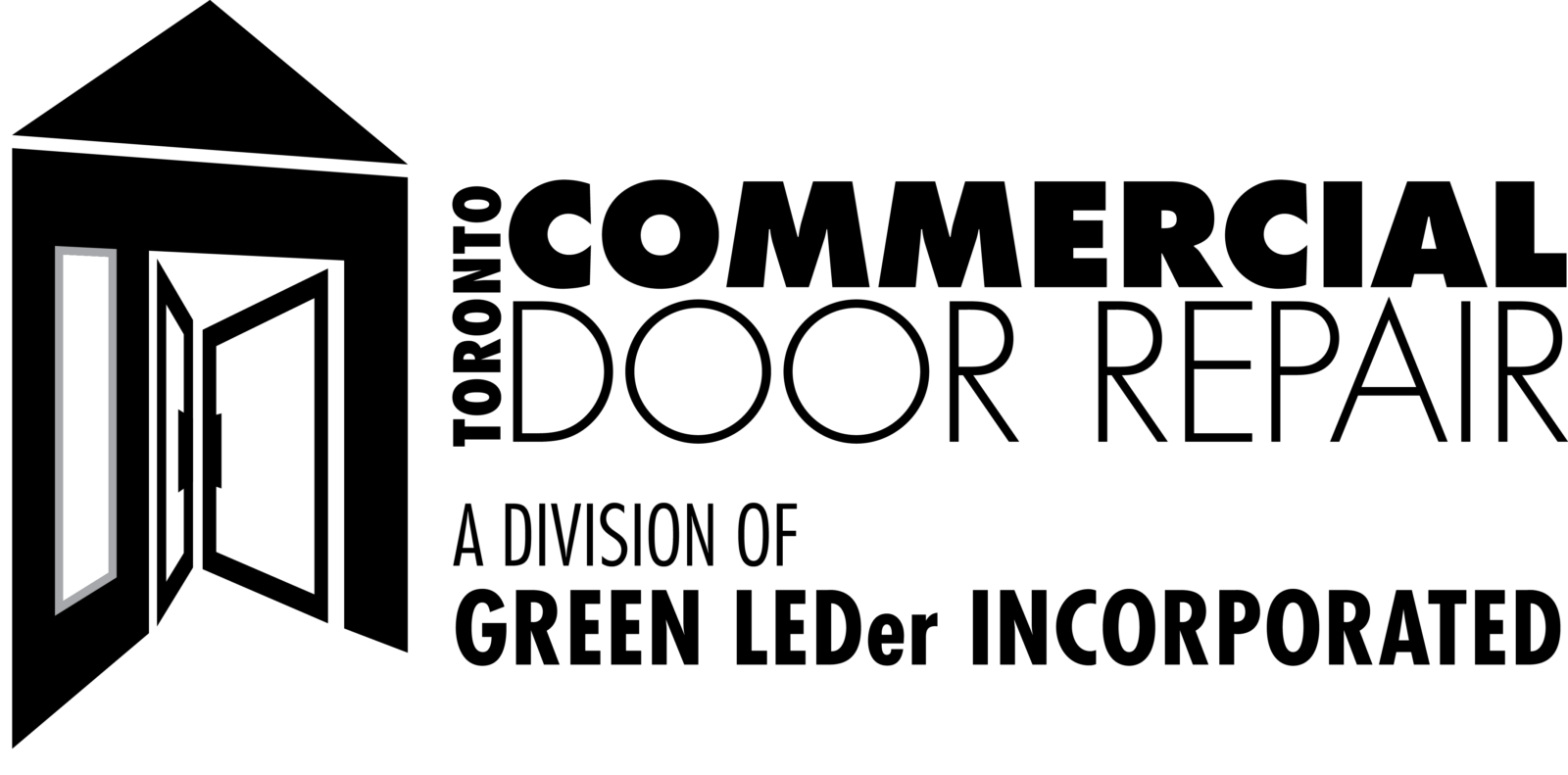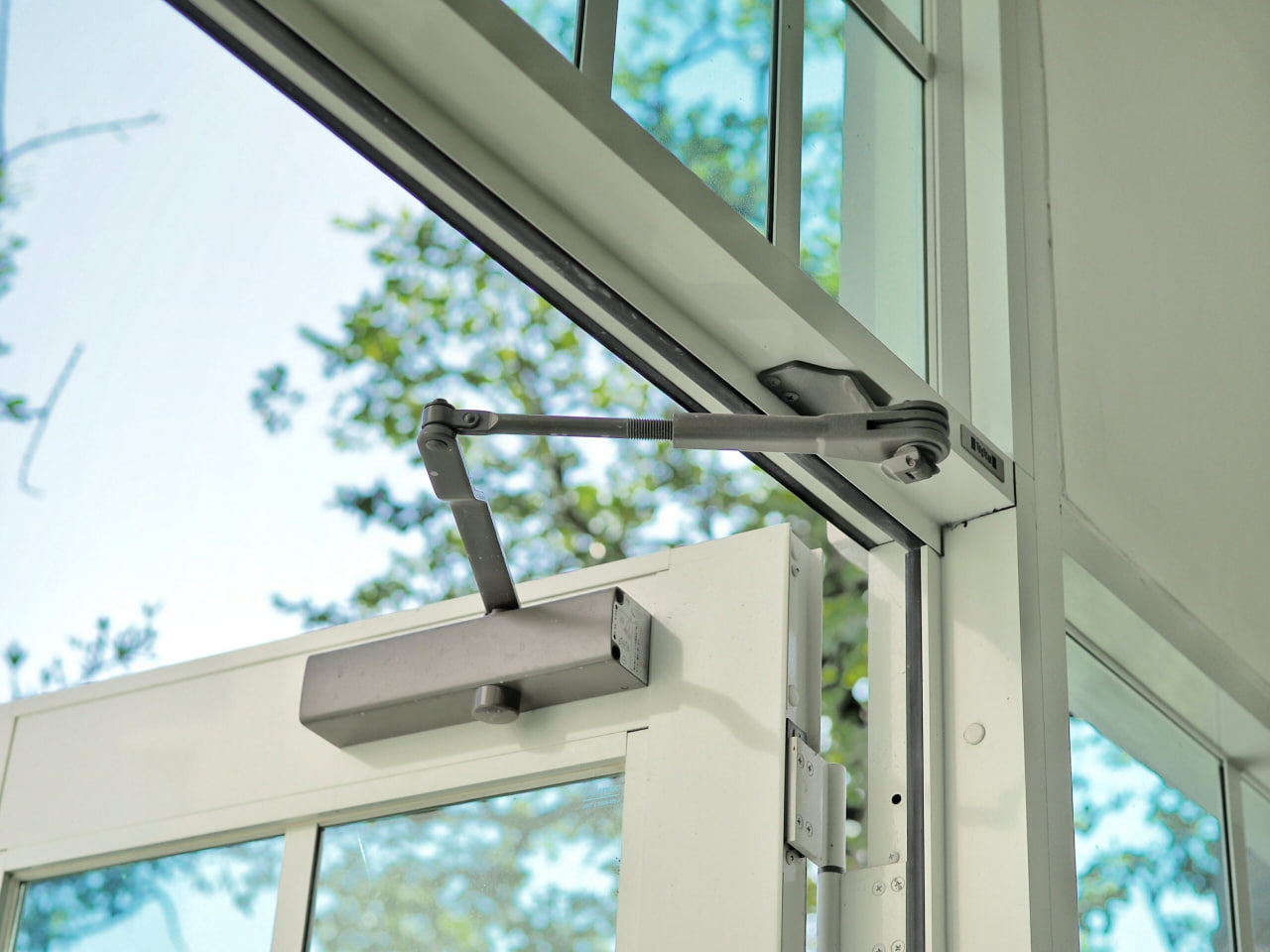Adjusting the hydraulic door closer with its speed and tension regulations can prevent slamming the door. Troubleshooting the hydraulic door closer issues.
What Is The Hydraulic Door Closer?
Before learning how to adjust the door closer and considering the steps you should follow to make it, it is worth first understanding what a hydraulic door closer is and how it works.
Generally, this is a mechanism applied in self-closing doors that uses springs and a chamber system filled with hydraulic fluid to close the door automatically. This device is attached to the top of the door to regulate and control its operation.
The mechanism usually consists of three hydraulic valves:

- Backcheck. This valve keeps the door’s speed balanced, by preventing it from opening too fast, which could lead the door to slam against the wall.
- Sweep. This valve provides the door’s movement from the opening position to a few inches away from the closed position.
- Latching Speed. This part of the device regulates the closing speed and is activated when a few inches remain before the latching point.
How To Adjust Door Closer When It’s Too Tight
Sometimes commercial door closers may not work properly, which can lead to problems when opening or closing doors.
A common problem is when the door is difficult to open or requires too much effort on your part. In such a case, the problem may often be related to the spring strength and tension. But the good news is that you can always adjust the hydraulic door closer and fix your interior or exterior doors when it’s too tight.
Turn the adjustment screw (try no more than 1/8 of a turn) counterclockwise to speed it up and clockwise to slow it down. Then close the door, if everything is ok, try 7-10 more attempts to make sure the door will operate properly. If the closer is still too tight, adjust it again to the desired result or contact a professional door repair service.
In addition, depending on the model of the hydraulic closer, the adjusting screw may sometimes be hidden by a plastic or metal cover. So if you can’t see it, you should remove the cover first. Also, don’t turn the screw too much; it is very sensitive so you can tighten the door even further.
How To Prevent Slamming The Door By Adjusting Hydraulic Door Closer
Among other popular closing issues that may occur with automatic high-traffic doors is when the door slams against the wall. The main reason behind this is that the door may open too fast. To fix this, you can adjust the closing pressure and backcheck.
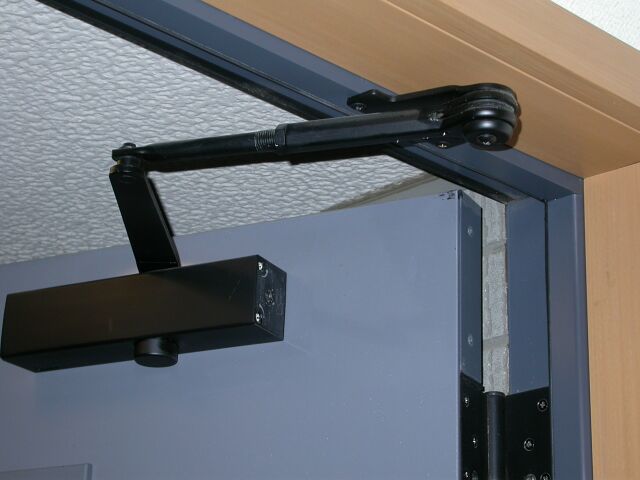
As mentioned before, the backcheck is part of the mechanism that controls the speed of the door movement, so to find the perfect balance you need to make it tighter to slow the door down a bit. Thus, turn the closer adjustment screws clockwise. Keep in mind, you should make minor adjustments (1/8 of a turn at a time) and then see if it works the way you want it to, if not, then try again.
Also, sometimes the problem of slamming doors can occur due to the lack of fluid in the closer, which can lead to the replacement of the closer.
The Issues That May Cause Door Closer Damage
Like any other doors, automatic doors are also subject to mechanical or external influences. Therefore, even though the hydraulic closer is a fairly reliable and durable mechanical device, breakdowns can also occur with it.
- The first and most obvious issue is the wear of the closers. The service life may vary depending on the model and materials used in the manufacture of doors. That is why it is always essential to diagnose and maintain your door from time to time to extend its life or replace it if necessary. This is especially true for doors in commercial buildings because due to the large flow of people, such a door wears out faster.
- Other causes of damage may include weather factors (too hot/low temperature, humidity, etc.). To avoid such issues, the external and internal seams of the building must be securely sealed, which greatly reduces the risks.
- Also, sometimes poor-quality closer can be caught, which can lead to leakage of hydraulic fluid. In such cases, the mechanism must be replaced.
So, if you want your door, its mechanism and closer arm operations to be performed without any issues, carry out timely inspections, repairs and hydraulic door closer adjustments.
Simple Steps For Hydraulic Door Closer Adjustment
We have prepared several simple tips on how to adjust the hydraulic door closer, following which you can fix your door and make it work properly.
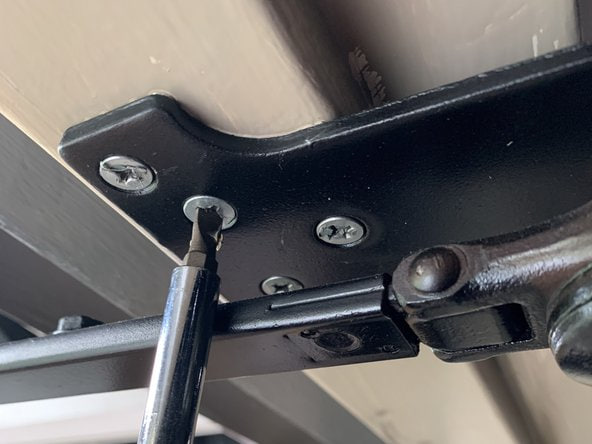
However, remember that sometimes the mechanism can be broken and attempts to fix the tension of the adjusting screw may not give the desired result. In such cases, it is worth seeking help from specialists. Also, the mechanism of automatic doors is under pressure and tension, so all actions must be performed carefully to avoid the risk of breakage, injury or locking of the doors.
Removing Door Closer Body Cover Plates
Although most door closers have a similar scheme and mechanism, they can still vary from model to model.
Thus, you can often not see the adjustment valves as they are hidden behind the cover plate. From here, the first step is to remove the cover. Usually, the plate is fixed either with fasteners or is held on by tension, so you can loosen the fasteners and remove the cover or pull it off.
To better understand the layout of your hydraulic closer, you can check out its manual and installation instructions, which will give you more details on how it should be adjusted and what the mechanism looks like (screw holes, spring tubes, valves etc.).
Closing The Hydraulic Valves
The next step after removing the cover is to close all valves. As mentioned earlier, the mechanism consists of 3 main parts: backcheck, sweep, and latch speed valves.
Close each of these by turning them clockwise until they stop.
Swing Speed Adjustment
Step number 3 is to adjust each of the valves to find the perfect balance of door closing speed:
- Backcheck. Make about 1.5 turns counterclockwise, then try to close the door. Already at 75 degrees the door should start to slow down. To open the door even wider, turn the valve counterclockwise again.
- Sweep. This valve controls the speed at which the door closes. As with the backcheck, do 1.25-1.5 turns counterclockwise. If you want to slow down the closing speed of the door, turn the valve clockwise.
- Latching Speed. Here you also need to make 1.25-1.5 turns counterclockwise until the desired latch speed is reached. It is worth noting that the recommended latching speed may vary depending on whether these are entrance or interior doors
If it is an exterior door, it’s better if it closes a little faster (turn counterclockwise). If it’s an office door, you can slow it down so it doesn’t slam (turn clockwise).
Closing Speed Regulation
Once you’re done with the valves, all you have to do is adjust the door so that it runs smoothly and flawlessly.
Key factors to keep in mind:
- If the door closes too quickly, turn the valves clockwise to decrease the speed.
- If the door closes too slowly, turn the valves counterclockwise to increase the speed.
Also, remember to do 1/8 turn at a time as the valves are quite sensitive.
After you have adjusted the speed, close and open the doors approximately 10 times. If there are no problems and everything works as it should, then you did everything right. In other cases, the procedure should be repeated again until the desired effect is achieved.
When The Hydraulic Door Closer Needs A Replacement
Sometimes the problem may lie in the hydraulic door closer itself, so it cannot be adjusted and must be replaced.
You can check the door closer yourself or call a specialist.
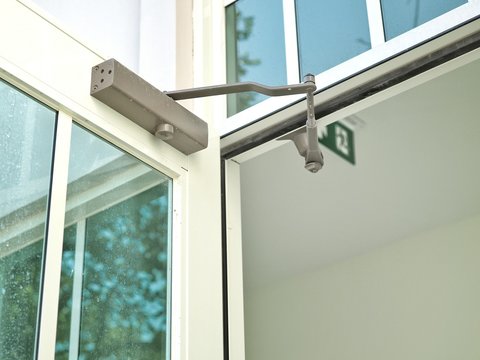
Some of the main factors that indicate the need for replacement are:
- If you notice that hydraulic fluid (oil) is leaking.
- If the valves cannot be adjusted or they are worn out.
- If the spring is broken or there is no spring tension, resulting in an inability to adjust.
If you have tried to adjust the door yourself, but the hydraulic door closer is broken or not working properly, please contact us to get professional help quickly and at a reasonable price!
